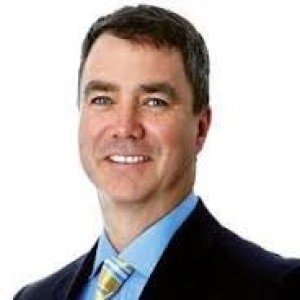- Video Library
- Patrick Treacy Presents Onkos Surgical at LSI USA '23
Patrick Treacy Presents Onkos Surgical at LSI USA '23

Patrick Treacy
Patrick is passionate about leading a team and organization dedicated to supporting healthcare professionals in the area of surgical oncology. Prior to Onkos Surgical, Patrick was Executive Vice President of PDI and President of PDI Healthcare where he was responsible for oversight of strategic initiatives as well as financial performance of the Healthcare Division.
Prior to joining PDI, Patrick developed a passion for the advancement of surgical oncology in multiple roles in R&D, Marketing and General Management with Howmedica (division of Pfizer) and Stryker. In his early days at Howmedica, Patrick was responsible for the development of and launch of the company’s first FDA cleared product offering in orthopedic oncology. Patrick also holds implant and instrument design patents in orthopedic surgery.
Patrick Treacy
Patrick is passionate about leading a team and organization dedicated to supporting healthcare professionals in the area of surgical oncology. Prior to Onkos Surgical, Patrick was Executive Vice President of PDI and President of PDI Healthcare where he was responsible for oversight of strategic initiatives as well as financial performance of the Healthcare Division.
Prior to joining PDI, Patrick developed a passion for the advancement of surgical oncology in multiple roles in R&D, Marketing and General Management with Howmedica (division of Pfizer) and Stryker. In his early days at Howmedica, Patrick was responsible for the development of and launch of the company’s first FDA cleared product offering in orthopedic oncology. Patrick also holds implant and instrument design patents in orthopedic surgery.

17011 Beach Blvd, Suite 500 Huntington Beach, CA 92647
714-847-3540© 2025 Life Science Intelligence, Inc., All Rights Reserved. | Privacy Policy







